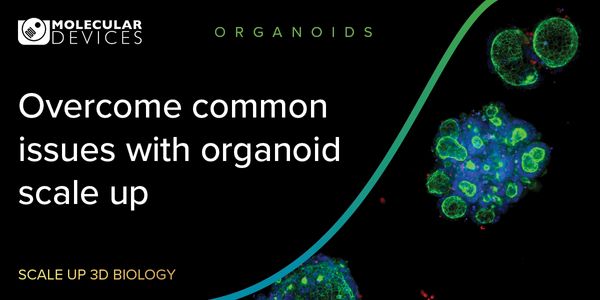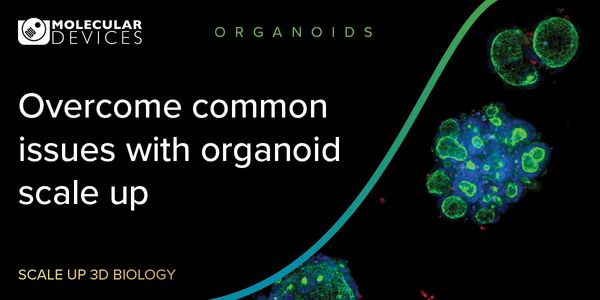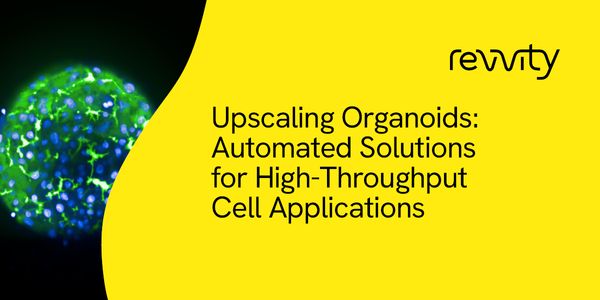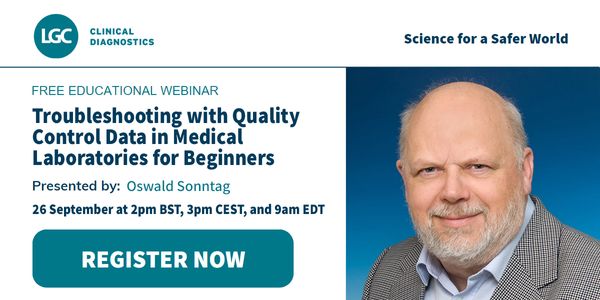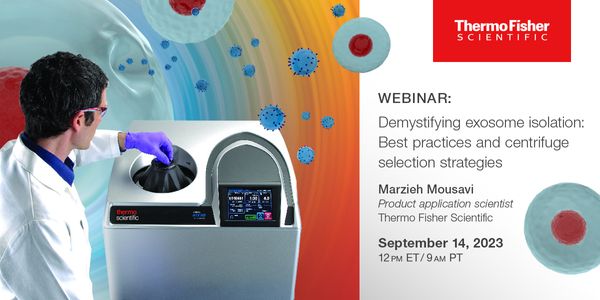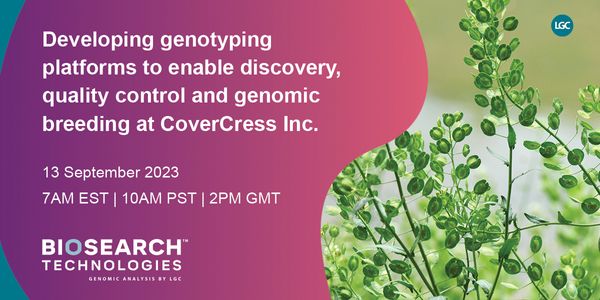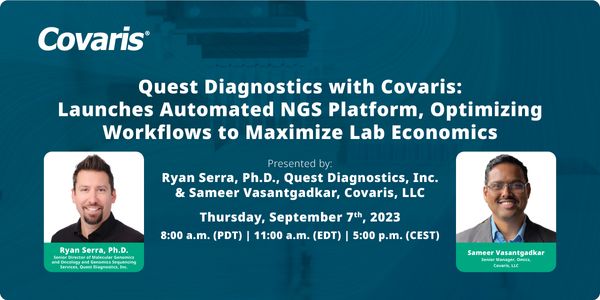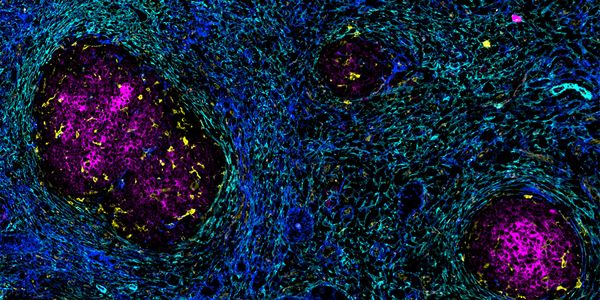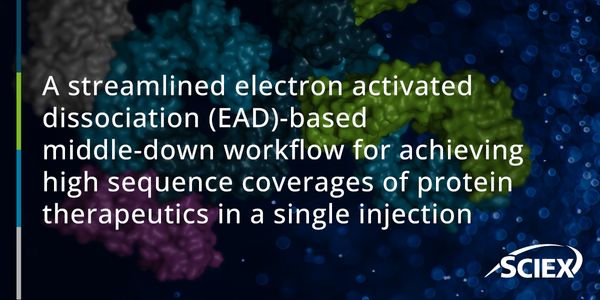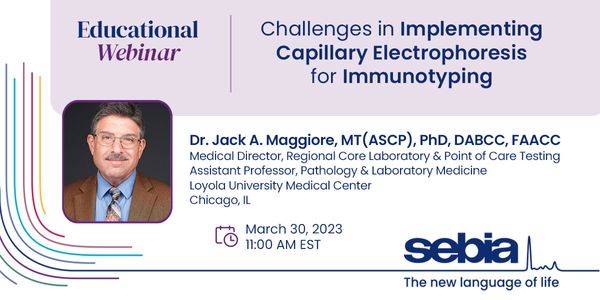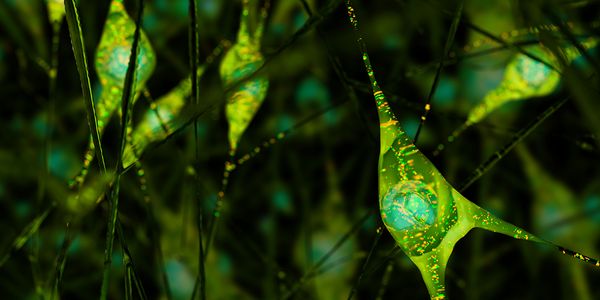Reproducibility
Reproducibility refers to obtaining the same results from the conduct of a study. It refers to independent researchers arriving at the same results using their own data and methods. Reproducibility is also the ability to be repeated/copied.
-
DEC 10, 2024 | 9:00 AMTo-date, proteomic analysis has been severely limited in scale and resolution. Analyzing protein samples using an intact, single-molecule approach holds th...MAY 29, 2024 | 9:00 AMC.E. CREDITSHistology laboratorians in the research world move fast, but those who perform cryosectioning know that these particular tissues require lighting speed and precision. Cryosectioning is the a...APR 22, 2024 | 9:00 AMMaintaining healthy cells is the key to experimental success and reproducible research results. To give you confidence in your cell cultures, the Gibco, Thermo Scientific Nunc, and Invitroge...MAR 28, 2024 | 8:00 AMFlow cytometry is a powerful method for the quantification of microorganisms, unparalleled by other technologies. We will (1) give an overview of the benefits and use cases of flow cytometry...MAR 26, 2024 | 9:00 AMThe field of proteomics is undergoing a revolution to better quantify proteins and unlock the dynamic and valuable source of functional biological insight held in the proteome. Single-molecu...FEB 21, 2024 | 1:00 PMHow can labs increase their sample throughput and pipetting accuracy and reproducibility without investing in an expensive automated liquid handler? Electronic pipettes are a cost-effective...Speaker: Sandra Söderholm , Joni ÅkeFEB 14, 2024 | 9:00 AMC.E. CREDITSLearning Objectives Identify three ways automation improves cryosectioning techniques Demonstrate three essential elements to obtaining reproducible, high-quality sections with cryosectionin...NOV 15, 2023 | 10:00 AMJoin our webinar to discover how automated sample preparation can free your lab from the time-consuming, costly, and complex manual workflows in proteomics. In the ever-evolving field of pro...NOV 14, 2023 | 9:00 PMSpheroids and organoids, two examples of 3D cell culture models, have become invaluable tools to study the processes that dictate behavior of tissues under physiological and pathological con...NOV 14, 2023 | 8:00 AMRNA-Seq remains a critical and robust methodology in understanding cellular and organismal changes associated with development and disease. Advances in automation have helped reduce the cost...OCT 24, 2023 | 8:00 AMOrganoids are three-dimensional (3D) multi-cellular, microtissues derived from stem cells that closely mimic the complex structure and functionality of human organs. They offer more accurate...OCT 24, 2023 | 10:00 AMOrganoids are three-dimensional (3D) multi-cellular, microtissues derived from stem cells that closely mimic the complex structure and functionality of human organs. They offer more accurate...OCT 05, 2023 | 1:00 AMC.E. CREDITSOrganoids continue to gain traction in drug discovery efforts as they offer a more biologically relevant disease model than traditional approaches. But they aren't without challenges. Jo...SEP 26, 2023 | 6:00 AMTroubleshooting is a systematic approach designed to correct problems that may occur with patient samples, instruments, operating an analyzer, handling, reagents and quality control material...SEP 14, 2023 | 9:00 AMC.E. CREDITSSmall extracellular vesicles (EVs) and Exosomes released by cells, have gained significant interest in biomedical research due to their potential applications in diagnostics and therapeutics...SEP 13, 2023 | 7:00 AMAs the demand for renewal fuel feedstocks continues to grow, non-food feedstocks production must significantly increase to meet demand. Winter oilseeds grown in cooler climates provide oppor...SEP 07, 2023 | 8:00 AMAdvancements in Next Generation Sequencing (NGS) are changing the genomics industry, favoring those with scale. Quest Diagnostics' clinical expertise, combined with our infrastructure, p...Speaker: Ryan Serra, BSc. and Ph.D. , Matthew Gallen, MPH , Sameer VasantgadkarSponsored By: Covaris, Inc.SEP 07, 2023 | 8:00 AMC.E. CREDITSRecombinant cytokines and growth factors are essential components for cell culture. Since they are so widely used, it is worth taking a closer look at them and understand their characteristi...APR 20, 2023 | 11:00 AMDate: April 20, 2023 Time: 11:00am (PDT), 2:00pm (EDT), 8:00pm (CEST) Multiplexed antibody-based imaging enables the characterization of cellular interactions, spatial relationships, and his...APR 13, 2023 | 8:00 AMDate: April 13, 2023 Time: 8:00am (PDT), 11:00am (EDT), 5:00pm (CEST) It is important to confirm the sequences and post-translational modifications (PTMs) of protein therapeutics to ensure d...APR 11, 2023 | 8:00 AMDate: April 11, 2023 Time: 8:00am (PDT), 11:00am (EDT), 5:00pm (CEST) Duchenne muscular dystrophy is caused by mutations in the dystrophin encoding DMD gene that disrupt the reading frame. M...MAR 30, 2023 | 8:00 AMDate: March 30, 2023 Time: 8:00am (PDT), 11:00am (EDT), 5:00pm (CEST) Advances and innovations in laboratory technologies for performing protein electrophoresis and immunotyping, combined wi...MAR 28, 2023 | 3:30 AMDate: March 28, 2023 Time: 3:30am (PDT), 6:30am (EDT), 12:30pm (CEST) Biofluid-based neurological biomarkers have shown promise in helping to improve diagnostic accuracy, predict disease pro...Speaker: Steffen Halbgebauer, PhD , Dr. Hayrettin Tumani , Yoav Noam, PhDSponsored By: Bio-TechneMAR 08, 2023 | 7:30 AMAnimal models present a unique opportunity to understand molecular mechanisms of pathological changes involved in cognitive dysfunction in neurological disorders. However, most of the work f...
DEC 10, 2024 | 9:00 AM
To-date, proteomic analysis has been severely limited in scale and resolution. Analyzing protein samples using an intact, single-molecule approach holds th...
MAY 29, 2024 | 9:00 AM
C.E. CREDITS
Histology laboratorians in the research world move fast, but those who perform cryosectioning know that these particular tissues require lighting speed and precision. Cryosectioning is the a...
APR 22, 2024 | 9:00 AM
Maintaining healthy cells is the key to experimental success and reproducible research results. To give you confidence in your cell cultures, the Gibco, Thermo Scientific Nunc, and Invitroge...
MAR 28, 2024 | 8:00 AM
Flow cytometry is a powerful method for the quantification of microorganisms, unparalleled by other technologies. We will (1) give an overview of the benefits and use cases of flow cytometry...
MAR 26, 2024 | 9:00 AM
The field of proteomics is undergoing a revolution to better quantify proteins and unlock the dynamic and valuable source of functional biological insight held in the proteome. Single-molecu...
FEB 21, 2024 | 1:00 PM
How can labs increase their sample throughput and pipetting accuracy and reproducibility without investing in an expensive automated liquid handler? Electronic pipettes are a cost-effective...
Speaker:
Sandra Söderholm
, Joni Åke
FEB 14, 2024 | 9:00 AM
C.E. CREDITS
Learning Objectives Identify three ways automation improves cryosectioning techniques Demonstrate three essential elements to obtaining reproducible, high-quality sections with cryosectionin...
NOV 15, 2023 | 10:00 AM
Join our webinar to discover how automated sample preparation can free your lab from the time-consuming, costly, and complex manual workflows in proteomics. In the ever-evolving field of pro...
NOV 14, 2023 | 9:00 PM
Spheroids and organoids, two examples of 3D cell culture models, have become invaluable tools to study the processes that dictate behavior of tissues under physiological and pathological con...
NOV 14, 2023 | 8:00 AM
RNA-Seq remains a critical and robust methodology in understanding cellular and organismal changes associated with development and disease. Advances in automation have helped reduce the cost...
OCT 24, 2023 | 8:00 AM
Organoids are three-dimensional (3D) multi-cellular, microtissues derived from stem cells that closely mimic the complex structure and functionality of human organs. They offer more accurate...
OCT 24, 2023 | 10:00 AM
Organoids are three-dimensional (3D) multi-cellular, microtissues derived from stem cells that closely mimic the complex structure and functionality of human organs. They offer more accurate...
OCT 05, 2023 | 1:00 AM
C.E. CREDITS
Organoids continue to gain traction in drug discovery efforts as they offer a more biologically relevant disease model than traditional approaches. But they aren't without challenges. Jo...
SEP 26, 2023 | 6:00 AM
Troubleshooting is a systematic approach designed to correct problems that may occur with patient samples, instruments, operating an analyzer, handling, reagents and quality control material...
SEP 14, 2023 | 9:00 AM
C.E. CREDITS
Small extracellular vesicles (EVs) and Exosomes released by cells, have gained significant interest in biomedical research due to their potential applications in diagnostics and therapeutics...
SEP 13, 2023 | 7:00 AM
As the demand for renewal fuel feedstocks continues to grow, non-food feedstocks production must significantly increase to meet demand. Winter oilseeds grown in cooler climates provide oppor...
SEP 07, 2023 | 8:00 AM
Advancements in Next Generation Sequencing (NGS) are changing the genomics industry, favoring those with scale. Quest Diagnostics' clinical expertise, combined with our infrastructure, p...
Speaker:
Ryan Serra, BSc. and Ph.D.
, Matthew Gallen, MPH
, Sameer Vasantgadkar
Sponsored By: Covaris, Inc.
SEP 07, 2023 | 8:00 AM
C.E. CREDITS
Recombinant cytokines and growth factors are essential components for cell culture. Since they are so widely used, it is worth taking a closer look at them and understand their characteristi...
APR 20, 2023 | 11:00 AM
Date: April 20, 2023 Time: 11:00am (PDT), 2:00pm (EDT), 8:00pm (CEST) Multiplexed antibody-based imaging enables the characterization of cellular interactions, spatial relationships, and his...
APR 13, 2023 | 8:00 AM
Date: April 13, 2023 Time: 8:00am (PDT), 11:00am (EDT), 5:00pm (CEST) It is important to confirm the sequences and post-translational modifications (PTMs) of protein therapeutics to ensure d...
APR 11, 2023 | 8:00 AM
Date: April 11, 2023 Time: 8:00am (PDT), 11:00am (EDT), 5:00pm (CEST) Duchenne muscular dystrophy is caused by mutations in the dystrophin encoding DMD gene that disrupt the reading frame. M...
MAR 30, 2023 | 8:00 AM
Date: March 30, 2023 Time: 8:00am (PDT), 11:00am (EDT), 5:00pm (CEST) Advances and innovations in laboratory technologies for performing protein electrophoresis and immunotyping, combined wi...
MAR 28, 2023 | 3:30 AM
Date: March 28, 2023 Time: 3:30am (PDT), 6:30am (EDT), 12:30pm (CEST) Biofluid-based neurological biomarkers have shown promise in helping to improve diagnostic accuracy, predict disease pro...
Speaker:
Steffen Halbgebauer, PhD
, Dr. Hayrettin Tumani
, Yoav Noam, PhD
Sponsored By: Bio-Techne
MAR 08, 2023 | 7:30 AM
Animal models present a unique opportunity to understand molecular mechanisms of pathological changes involved in cognitive dysfunction in neurological disorders. However, most of the work f...









